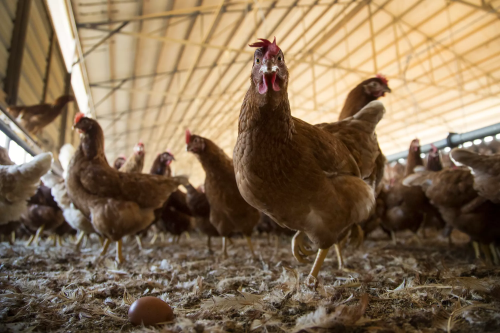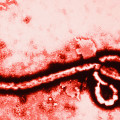
Health authorities in San Francisco have confirmed the detection of bird flu in the city’s wastewater and among local chicken populations, marking a significant public health concern. The Los Angeles Times reported that federal and state health officials are expanding avian flu surveillance as a result.
Discovery and Initial Response
The San Francisco Department of Public Health reported that the avian influenza virus, specifically the H5N1 strain, was detected in wastewater samples collected in May. This detection followed the positive testing of two asymptomatic chickens at a live bird market on May 9. The samples were analyzed by WastewaterSCAN, an infectious disease monitoring network involving researchers from Stanford, Emory University, and Verily, Alphabet Inc.’s life sciences organization.
Impact on Public Health and Safety Measures
The presence of H5N1 in San Francisco’s wastewater indicates potential widespread circulation of the virus. However, recent analyses have not detected the virus again. Authorities are conducting daily monitoring of market employees who were in close contact with the infected chickens, and no symptoms have been reported so far. The market has since reopened.
Dr. Sarah Lee, a public health official, stated, “Although the risk to humans remains low, detecting the virus in an urban setting is concerning. It necessitates rigorous monitoring and immediate containment efforts.”
Historical Context and Spread
Bird flu, particularly the H5N1 strain, has been a recurring issue globally. It primarily affects birds but can infect humans, leading to severe respiratory illnesses. The virus spreads through direct contact with infected birds or contaminated surfaces.
The resurgence of avian flu in North America began in February 2022, believed to have jumped from wild birds to dairy cows late last year. Since 2022, hundreds of millions of birds have been infected across the U.S., with roughly 7 million commercially reared chickens, turkeys, and ducks culled in California alone. Four people in the United States, including three dairy workers, have contracted the disease.
Current Situation and Future Actions
The bird flu virus was found in 20% of commercial milk samples tested last month, although pasteurization kills the virus. The situation is particularly worrying for raw milk, which has shown high virus levels, causing high mortality rates in cats and mice that consumed it.
California’s state veterinarian, Annette Jones, has issued temporary waivers to free-range, cage-free, and organic poultry farms, allowing them to keep birds indoors to prevent the spread of the virus. However, many facilities are not equipped for indoor housing, making compliance challenging.
Caleb Barron, an organic chicken producer at Fogline Farm, stated, “Our biosecurity protocols and ample spacing have kept our birds disease-free. It’s about seeing these birds not just as products but as lives to protect.”
Broader Implications and Future Surveillance
According to the U.S. Department of Agriculture, the avian flu has recently been detected in 14 commercial and backyard flocks, affecting nearly 6 million birds in Minnesota and Iowa. In San Francisco, the outbreak involved approximately 700 birds.
This detection underscores the need for continued vigilance and enhanced biosecurity measures to prevent the spread of the virus. As migrating birds head south, the risk of further outbreaks increases, necessitating ongoing monitoring and rapid response strategies.
General Disclaimer: This article is intended for informational purposes only and reflects the current understanding and opinions regarding the events described. The information provided is accurate to the best of our knowledge at the time of publication. Infectious disease outbreaks are unpredictable and can change rapidly. Always verify details and consult with health professionals before making any decisions based on this content.








